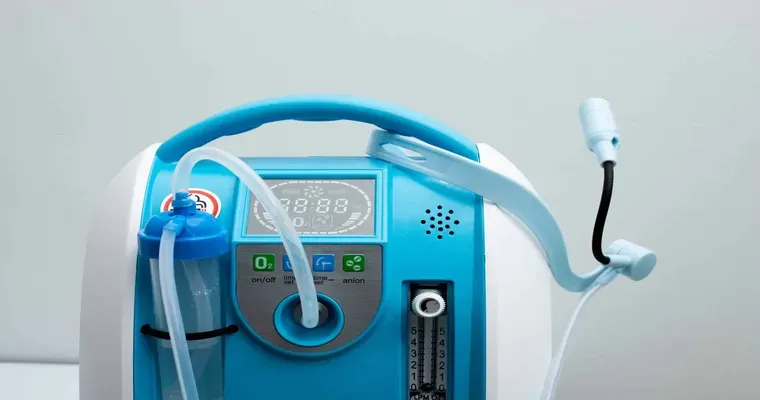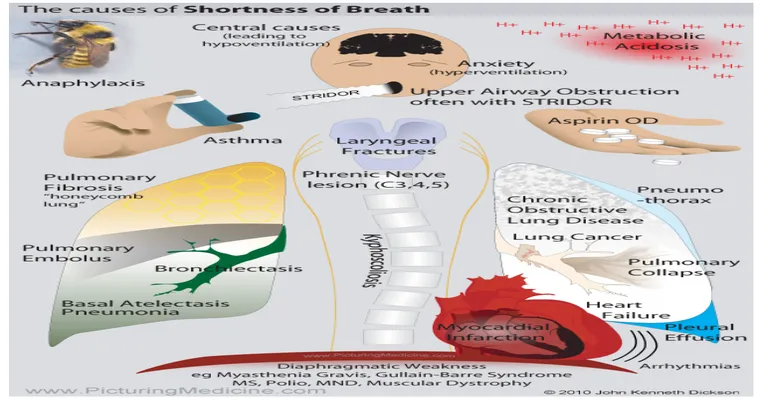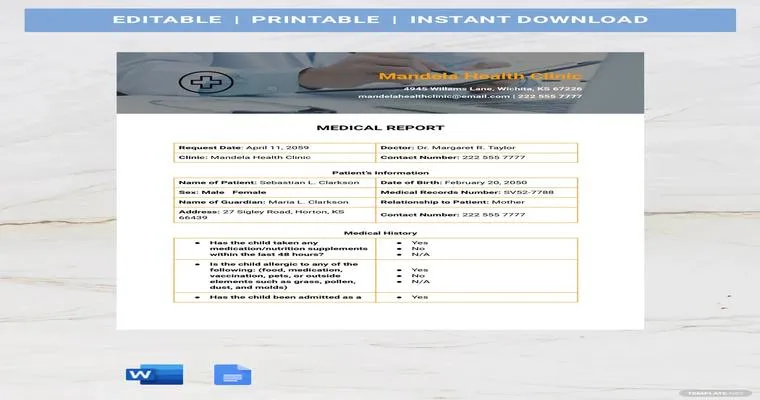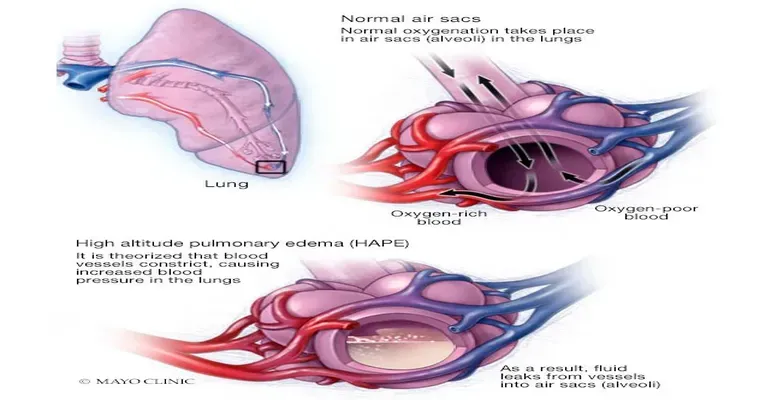When a loved one requires "supplemental oxygen", it can be a daunting experience filled with questions and concerns. Understanding the "benefits of oxygen therapy", the "types of oxygen delivery systems", and how to manage the equipment can help ease your worries and ensure your mom receives the care she needs. In this article, we will explore essential information about supplemental oxygen, including its purpose, the different methods of delivery, and tips for taking care of your mom while she uses this vital treatment.
Understanding Supplemental Oxygen
Supplemental oxygen is often prescribed for individuals with chronic respiratory conditions, such as "COPD" (chronic obstructive pulmonary disease), "asthma", or other illnesses that impair lung function. The primary goal of oxygen therapy is to increase the amount of "oxygen in the bloodstream", helping your mom breathe more easily and improving her overall quality of life. It's essential to recognize that oxygen therapy is a medical treatment, and understanding its significance can help you provide better support.
Types of Oxygen Delivery Systems
There are several types of oxygen delivery systems, each designed for different needs and lifestyles. Some common methods include:
1. "Nasal Cannula": This is a lightweight tube that fits into the nostrils, delivering oxygen directly to the nose. It is often used for patients who require low levels of oxygen.
2. "Oxygen Masks": These cover the nose and mouth, providing a higher concentration of oxygen. Masks are typically used in more severe cases or during hospital stays.
3. "Portable Oxygen Concentrators": For active individuals, portable oxygen concentrators allow mobility while providing a consistent flow of oxygen. They are battery-operated and can be a great option for outings.
4. "Oxygen Tanks": These are pressurized tanks that store oxygen in liquid or gas form. They can be used at home or taken on trips, but they require careful handling.
Managing Oxygen Equipment
Once your mom begins using supplemental oxygen, you will need to learn how to manage the equipment effectively. Here are some key points to consider:
"Follow Medical Advice": Always stick to the prescribed flow rate and schedule given by her healthcare provider. Adjusting these settings without consultation can be dangerous.
"Regular Maintenance": Keep the equipment clean and well-maintained. Regularly check for any signs of wear and tear, and ensure that all connections are secure.
"Safety Precautions": Oxygen is highly flammable, so it is crucial to keep it away from open flames, smoking materials, and any heat sources. Ensure that your mom understands these safety rules as well.
"Monitor Oxygen Levels": Invest in a pulse oximeter, a device that measures blood oxygen levels. This can help you monitor your mom’s oxygen saturation at home and alert you if adjustments are needed.
Supporting Your Mom
As your mom adjusts to using supplemental oxygen, your emotional support can make a significant difference. Encourage her to express any concerns or questions she may have about her treatment. Additionally, help her maintain a positive outlook by engaging in activities that she enjoys, whether it's reading, watching her favorite shows, or spending time outdoors.
Conclusion
Caring for a loved one who needs supplemental oxygen can be a learning experience filled with new responsibilities. By understanding the purpose of oxygen therapy, familiarizing yourself with the different delivery systems, and following safety protocols, you can ensure that your mom receives the best care possible. Remember, communication with her healthcare team is vital, so never hesitate to reach out for guidance. With the right knowledge and support, you can help your mom enjoy a better quality of life through effective oxygen therapy.





